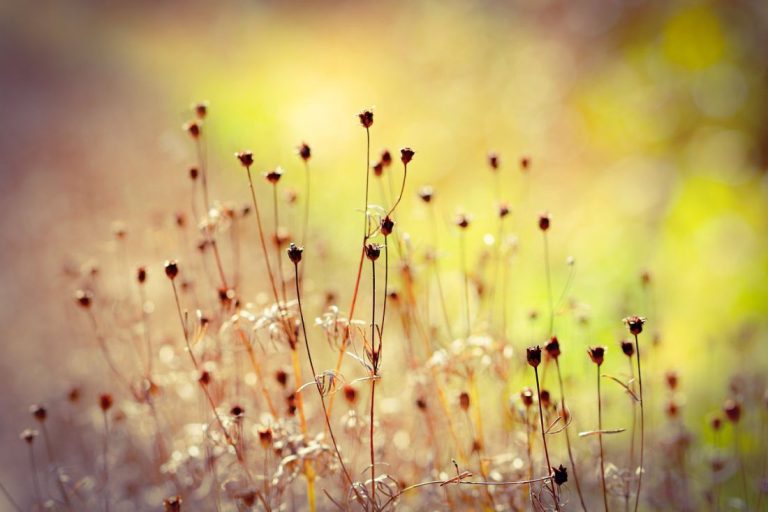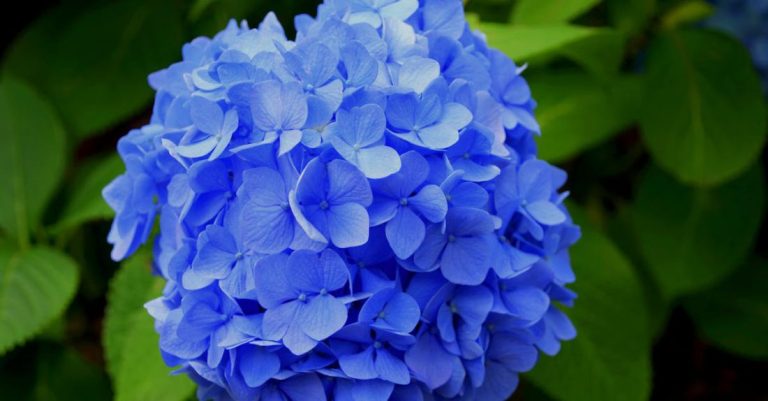
Roses are among the most beloved and iconic flowers in the world, known for their beauty, elegance, and fragrance. Growing roses in your garden can be a rewarding experience, but it requires some care and attention to ensure they thrive. Whether you are a seasoned gardener or a beginner looking to cultivate these stunning blooms, here are some of the best tips for growing roses.
Choosing the Right Variety
Selecting the right variety of roses is crucial for successful growth. There are numerous types of roses available, each with its own characteristics and requirements. Hybrid tea roses are popular for their large, high-centered blooms and long stems, making them ideal for cutting. Floribunda roses, on the other hand, produce clusters of flowers and are known for their hardiness. Climbing roses are perfect for adding vertical interest to your garden, while shrub roses are low-maintenance and versatile. Before purchasing roses, consider your climate, soil type, and available space to choose the variety that will thrive in your garden.
Planting Location
Roses require plenty of sunlight to bloom abundantly, so it is essential to choose a planting location that receives at least six hours of direct sunlight per day. Avoid planting roses in areas that are shaded or prone to waterlogging, as this can lead to poor growth and disease susceptibility. Ensure the soil is well-draining and rich in organic matter to provide the necessary nutrients for healthy root development. Additionally, planting roses in a location with good air circulation can help prevent fungal diseases and promote overall plant health.
Proper Watering
Watering is a critical aspect of rose care, as both under and over-watering can harm the plants. Roses generally require about an inch of water per week, either from rain or irrigation. Water deeply at the base of the plant to encourage deep root growth and avoid wetting the foliage, which can lead to disease. During hot and dry weather, increase watering frequency to ensure the soil remains consistently moist but not waterlogged. Mulching around the base of the plant can help retain soil moisture and regulate temperature.
Fertilizing Regularly
To promote healthy growth and abundant blooms, it is essential to fertilize your roses regularly. Use a balanced fertilizer formulated for roses, applying it according to the manufacturer’s instructions. Start fertilizing in early spring as the plants begin to break dormancy, and continue throughout the growing season until late summer. Avoid over-fertilizing, as this can lead to excessive foliage growth at the expense of flowers. Organic fertilizers, such as compost or manure, can also be beneficial for roses, providing slow-release nutrients and improving soil structure.
Pruning for Optimal Growth
Pruning is a vital part of rose care that helps maintain plant health, shape, and vigor. Prune your roses in late winter or early spring before new growth appears, removing dead, diseased, or crossing branches. Additionally, prune to shape the plant and encourage air circulation within the canopy, which can help prevent disease. Hybrid tea roses and floribundas benefit from hard pruning to about half their height, while shrub roses require lighter pruning to maintain their natural form. Climbing roses should be pruned after flowering to remove spent blooms and shape the plant as needed.
Pest and Disease Management
Despite their beauty, roses are susceptible to various pests and diseases that can affect their growth and bloom production. Common rose pests include aphids, thrips, and spider mites, which can be controlled with insecticidal soap or neem oil. Fungal diseases such as powdery mildew and black spot are prevalent in roses and can be managed by improving air circulation, avoiding overhead watering, and using fungicidal sprays as needed. Regularly inspect your roses for signs of pests or diseases and take prompt action to prevent further damage.
Creating a Beautiful Rose Garden
Growing roses can be a fulfilling and enjoyable experience, rewarding you with stunning blooms and sweet fragrance throughout the growing season. By following these best tips for growing roses, you can cultivate healthy, vibrant plants that will enhance the beauty of your garden. Remember to choose the right variety, provide adequate sunlight and water, fertilize regularly, prune for optimal growth, and manage pests and diseases effectively. With proper care and attention, your rose garden will flourish and bring joy for years to come.





